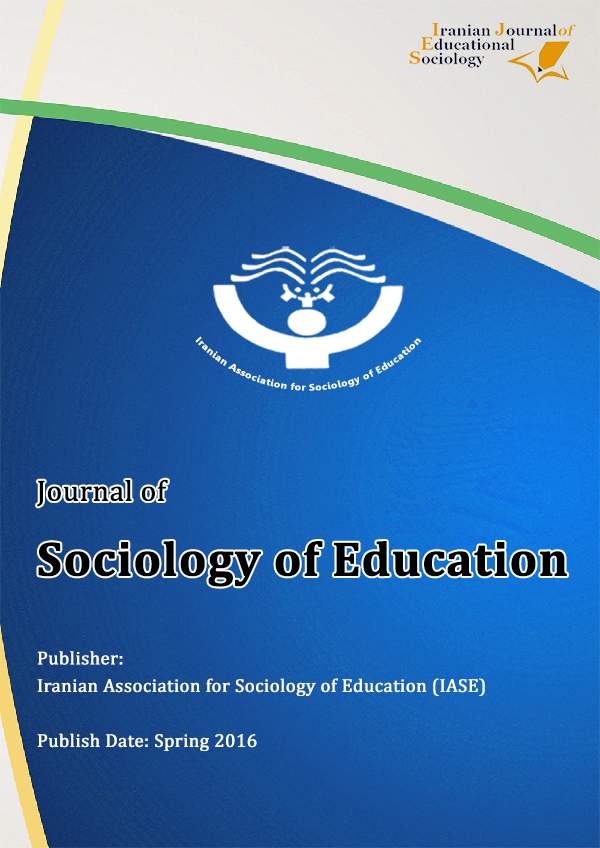The Maher Crystallized Multiple Intelligences Test (MMCTI): Norming for Ages 4 to 6 Years
Keywords:
Psychometric properties, Norming of the Maher Crystallized Multiple Intelligences Test (MMCTI), Confirmatory Factor Analysis, Exploratory Factor AnalysisAbstract
Purpose: The present study aims to examine the psychometric properties and norming of the Maher Crystallized Multiple Intelligences Test (MMCTI) in preschool children. Methodology: The sample consisted of 800 children aged 4 to 6 years, selected through a multistage cluster sampling and purposive sampling method. The required data were collected using the Maher Crystallized Multiple Intelligences Test (MMCTI). Exploratory factor analysis (EFA) with Varimax rotation was employed to assess the construct validity of the test. The Kaiser-Meyer-Olkin (KMO) measure of sampling adequacy was found to be 0.953, indicating appropriate sample adequacy. Additionally, Bartlett's test of sphericity was significant, confirming the suitability of exploratory factor analysis. The number of questionnaire factors was determined using the Kaiser criterion and scree plot. The results revealed four extracted factors (cognitive intelligence, analytical intelligence, creative intelligence, and practical intelligence), aligning with the components anticipated by the test developers. Consequently, these four factors were selected as the primary components, and Varimax rotation was applied. The results indicated that these four components collectively explained 81.23% of the total variance in the test. The four scales demonstrated acceptable internal consistency. Findings: The results from confirmatory factor analysis (CFA) for the initial hypothesized model indicated poor model fit, necessitating model modifications. The modified model demonstrated a satisfactory fit to the data, with a chi-square significance level greater than 0.05. The fit indices were as follows: χ²/df = 1.568, RMSEA = 0.032, and GFI, NFI, and CFI values exceeding 0.90. In this study, Cronbach's alpha coefficients for the four intelligence components—cognitive intelligence, analytical intelligence, creative intelligence, and practical intelligence—were found to be 0.88, 0.77, 0.79, 0.69, 0.88, and 0.90, respectively, indicating satisfactory internal consistency for most subscales of the Maher Crystallized Multiple Intelligences Test (MMCTI). Conclusion: Based on these findings, it can be concluded that enhancing the four components of crystallized intelligence can be effective and beneficial in fostering mature behavioral outcomes.
Downloads
Downloads
Published
Versions
- 2025-09-25 (2)
- 2022-06-21 (1)
Issue
Section
License
Copyright (c) 2025 سارا شمس, ابوطالب سعادتی شامیر, آمنه السادات کاظمی (نویسنده)

This work is licensed under a Creative Commons Attribution-NonCommercial 4.0 International License.










